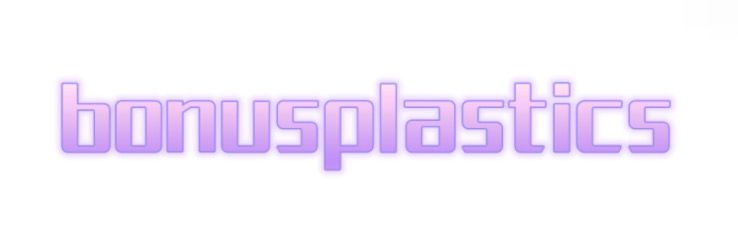Key Questions to Ask When Choosing Low Hazard Levels LSZH Cables
When selecting low hazard levels LSZH (Low Smoke Zero Halogen) cables, understanding the critical questions to ask is essential to ensure safety and compliance with industry standards. The following insights from industry experts and manufacturers can guide your decision-making process. What are the specific applications for LSZH cables? According to John Smith, a senior electrical engineer with over 15 years of experience, LSZH cables are designed primarily for environments where fire safety is a priority. "They're especially useful in crowded public spaces like airports, shopping malls, and schools, where smoke and toxic fumes pose a significant risk." Knowing where and how you plan to use these cables is vital. What are the key certifications and standards for LSZH cables? Emma Johnson, a quality assurance manager at a leading cable manufacturing company, emphasizes the importance of compliance. "Always look for approvals from recognized standards such as IEC 60332 and BS 5839. These certifications guarantee that the cables have undergone rigorous testing for fire performance." This ensures both safety and reliability in your applications. How do LSZH cables compare with traditional cables in terms of performance? Renowned electrical safety consultant Michael Brown highlights, "While LSZH cables can be more expensive upfront, their long-term benefits, like being less harmful in case of fire, outweigh the costs." He insists on the crucial performance characteristics, including flexibility, durability, and resistance to harsh conditions. What types of environments require low hazard LSZH cables? Mary Clark, a fire safety specialist, explains, "Any area with a high density of people, sensitive electronic equipment, or critical infrastructure should prioritize LSZH cables." Industries like transportation, healthcare, and telecommunications are prime candidates. What are the maintenance requirements for LSZH cables? Rob Wilson, a technical support expert, states, "Regular inspections are essential to identify any wear or environmental impacts. This ensures the longevity and functionality of the cables." Routine maintenance can prevent unexpected failures and enhance safety. Are there any specific installation techniques that should be used? Installation expert David Lee emphasizes proper techniques: "While LSZH cables are similar to traditional cables in many ways, following manufacturer guidelines, especially regarding bend radius and installation environments, is paramount to maximize their benefits." What adds value to choosing quality LSZH cable? Choosing a leading manufacturer can significantly impact the performance and longevity of your cables. For instance, SUNUA offers a range of products engineered for durability and safety. Check now if you're interested in options that utilize advanced Low Hazard Levels lszh compound. By asking the right questions and consulting with experts, you can make informed decisions about low hazard levels LSZH cables, ensuring safety and compliance for your projects.

